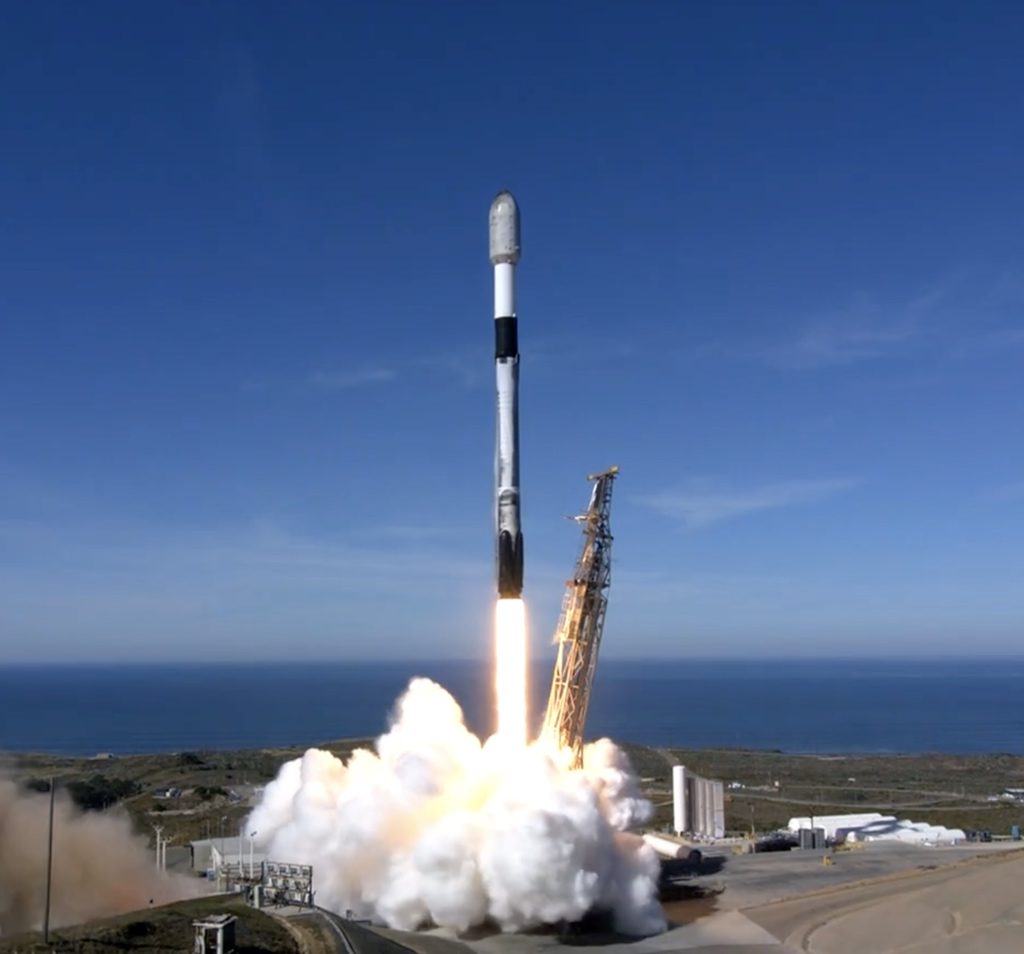SpaceX successfully launched its ninth dedicated smallsat rideshare mission, Transporter-9, on November 11, deploying more than 100 satellites. The Falcon 9 rocket lifted off from Vandenberg Space Force Base in California at 1:49 p.m. Eastern, marking another chapter in a program that has stirred mixed reactions within the commercial space sector.
The booster, having previously completed 11 missions, including Transporter-8 in June, executed a textbook landing back at the launch site approximately seven and a half minutes after liftoff.
Transporter-9 released 90 payloads over the course of half an hour, beginning approximately 55 minutes post-launch. However, initial confirmations of successful deployment were lacking for several of the satellites. The payload roster included orbital transfer vehicles set to deploy additional satellites, bringing the total count to more than 110.
Planet emerged as a prominent customer on this mission, contributing 36 Dove imaging cubesats, collectively known as Flock 4Q. Planet also introduced Pelican-1, a tech demo satellite paving the way for its future Pelican and Tanager high-resolution and hyperspectral imaging satellites.
Other satellite constellation operators on Transporter-9 included Spire, specializing in weather and vessel tracking data, along with synthetic aperture radar imaging companies Iceye and Umbra. Spire's set included three satellites for GHGSat, monitoring greenhouse gas emissions, including the first commercial satellite for tracking carbon dioxide emissions.
Foxconn, the Taiwanese electronics manufacturer recognized for producing devices like Apple's iPhone, marked its debut in space with its first two cubesats, Pearl-1H and Pearl-1C. These satellites serve as a pilot run for Foxconn's efforts in low Earth orbit (LEO) satellite broadband communications and next-gen capabilities.
Exolaunch, a rideshare broker, manifested nearly three dozen satellites on the launch, including the Foxconn spacecraft. Others participating in the mission included Maverick Space Systems, SEOPS, and Momentus, the latter contributing five satellites without one of its Vigoride tugs.
The Transporter missions have sparked intense reactions within the commercial space industry. While satellite operators and rideshare brokers commend the regular and cost-effective space access they provide, some small launch vehicle developers argue that the missions undercut their business models, accusing SpaceX of predatory pricing.
Despite the debates, SpaceX's Transporter services maintain strong demand. The earliest available opportunity for a launch to sun-synchronous orbit on Transporter missions is in October 2025, according to the company's online booking system. SpaceX recently announced a new line of rideshare missions, Bandwagon, to mid-inclination orbits, scheduled to start in 2024 with the earliest opportunity in November 2024.
